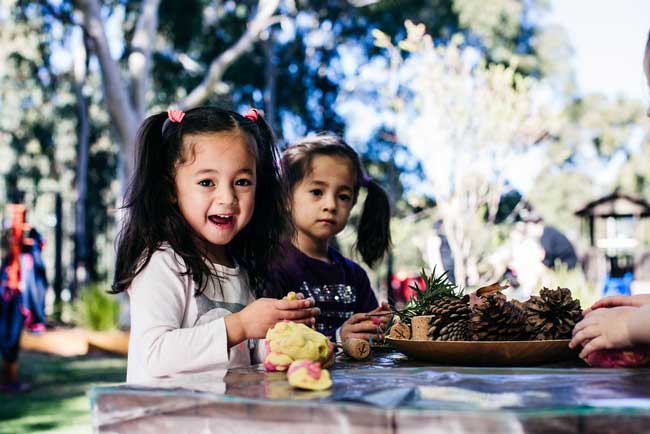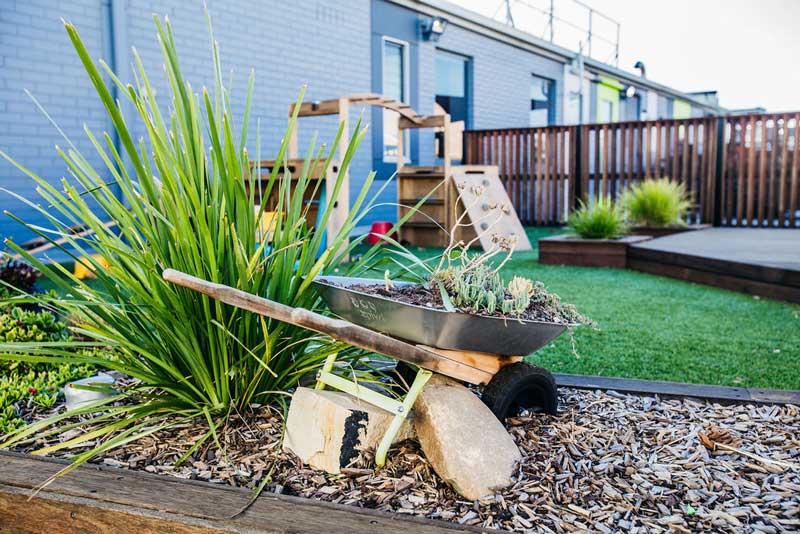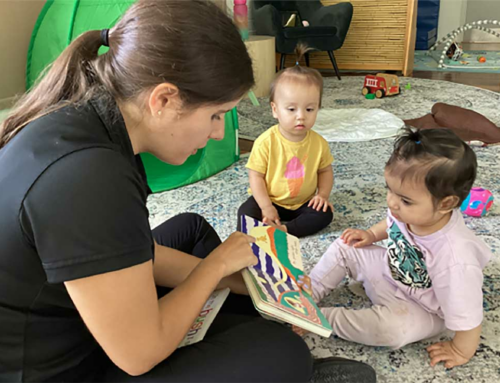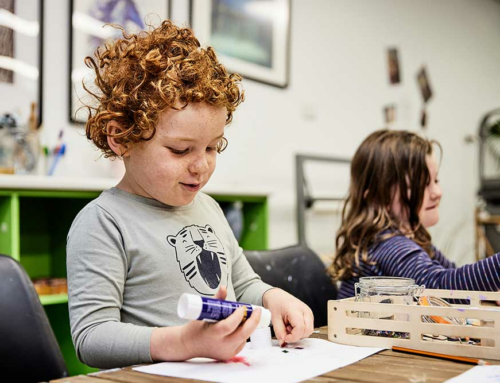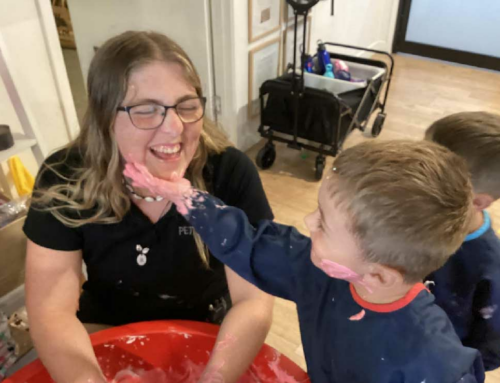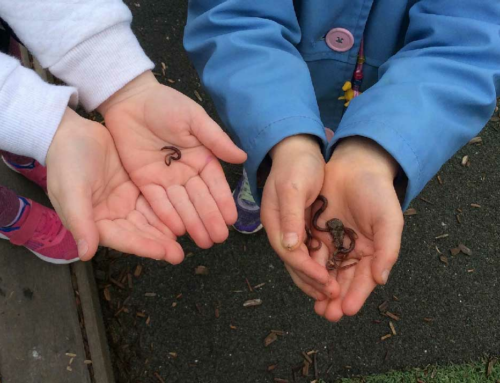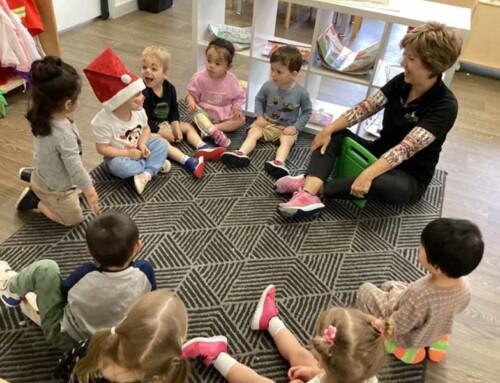Natural materials should be an integral element of a child’s play. Loose things such as twigs, leaves, shells and sand benefit a child’s early years experiences by stimulating their creativity and imagination. Natural materials are easily accessible and encourage children to learn about nature.
The different textures, smells, sizes, colours, and sounds attributed to natural materials, make them ideal for sensory play. Natural materials are loose parts that can be combined, moved, lined up, taken apart and put back together again.
Natural resources encourage children to observe more closely and use all their senses. Natural materials are open-ended materials as they can be used by themselves or with other things. They can also be discovered in natural settings and encourage outdoor play and discovery.
- Benefits of natural and open-ended materials.
- Finding natural materials through natural play.
- 20 Natural materials for indoor and outdoor activities.
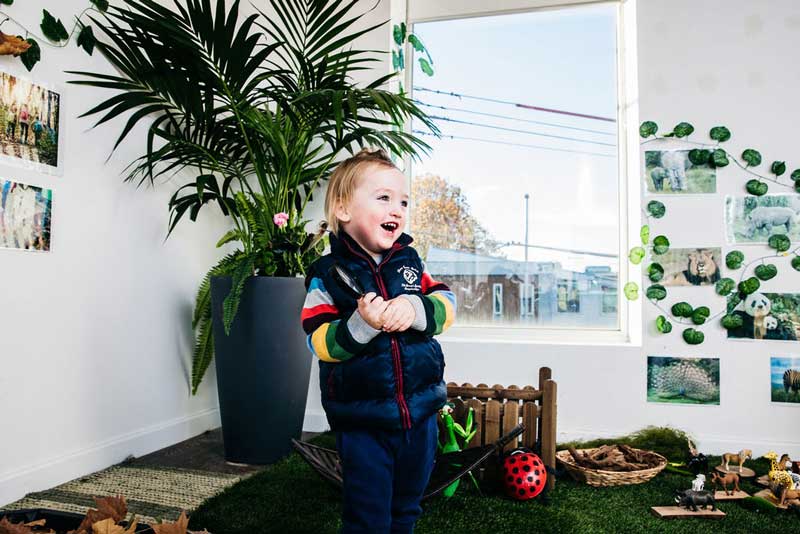
Natural play and exposure to nature
Associated with natural materials are natural-play environments which encourage children to explore bushland and connect with nature. The discovery of things in nature creates awe and wonder for young children where they can explore and collect natural materials.
Exposure to nature helps children regulate their behaviours and gives them opportunities to take risks, discover and explore new things, solve problems, unleash their creative sides and develop a sense of wonder.
While playing with natural materials, children are engaged in decision making and problem-solving opportunities. By exploring the materials, children become innovators, designers, explorers, artists and collaborators as they build, sort, design, manipulate, arrange and stack in a variety of different ways.
You can easily find many of the natural materials that we’ve listed below in natural settings waiting for you and your child to explore.
20 natural materials to add to your child’s sensory play
You can bring natural materials indoors to play, although you may want to keep some of the elements in a bucket or tub for sensory and messy play. Combine natural materials with open-ended resources and recycled materials for art and craft activities.
Lead the way when collecting natural materials outdoors. It’s an excellent opportunity to show children what they can touch and what they should avoid and why. While it’s important to allow your child to take some risks, there are many benefits to outdoor play.
Natural materials that children can discover in your backyard:
1. Twigs.
2. Leaves.
3. Flowers.
4. Grass (long, short, green or dry).
5. Weeds.
6. Water.
Depending on your outdoor environment, you may also find:
7. Pebbles.
8. Bark.
9. Branches or logs. (You can cut these down to smaller sizes.)
10. Dirt or clay. (If clean you could turn this into mud.)
11. Vegetables and fruits.
12. Nuts and seeds.
Be mindful of picking up things from the ground if you have a cat or other pets that share the environment with your family.
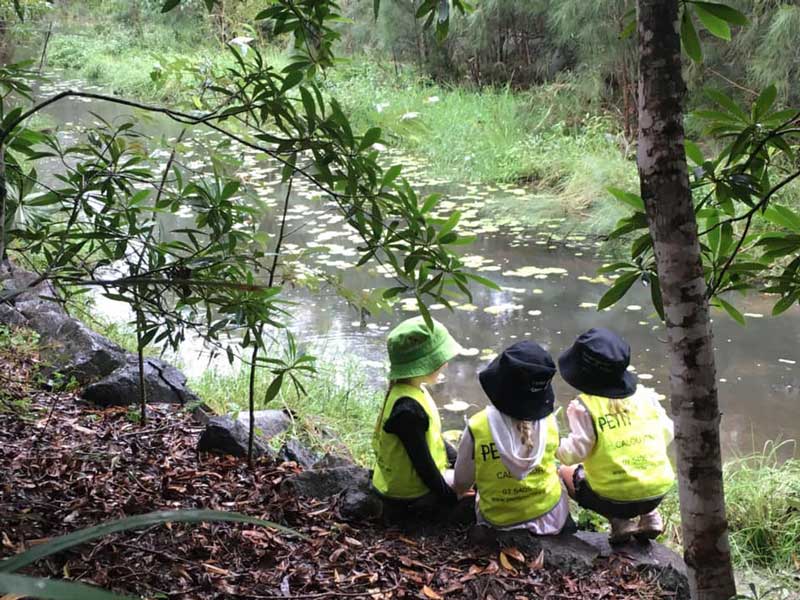
A walk in the park or a nature reserve may also uncover similar items such as rocks and leaves to those in your back yard, but they may have different textures, colours, shapes and smells. You may also discover:
13. Feathers.
14. Pine cones.
15. Fallen bird nests.
Beaches are a great outdoor space for collecting natural materials. On a beach, you might find:
16. Sand (that you can clean).
17. Shells and shell grit.
18. Driftwood.
19. Cuttlefish bone.
20. Seaweed.
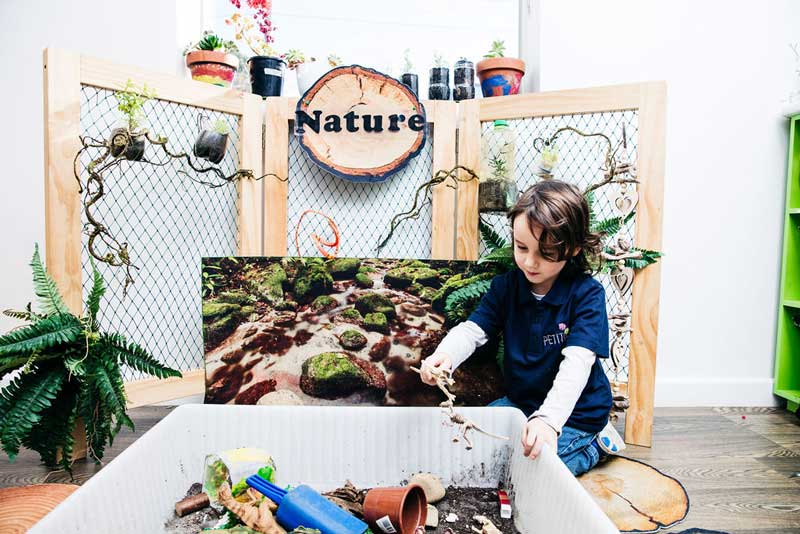
Using natural resources for kids, safely and responsibly
When collecting natural materials for use in your child’s sensory play, make sure you choose parts that are not too small to become choking hazards. Always carefully select the pieces you take home. When assessing the health and safety of natural materials, ask:
- What is the object’s purpose?
- How old is the child/are the children who will be using it?
- Can the item be cleaned and disinfected?
Regular health and safety inspections of natural materials should check for broken pieces, dirtiness, and visible wear and tear. If it doesn’t pass your safety test, then put it back. You can always collect more natural materials during your next natural-play experience.
Children should also regularly wash their hands after collecting and playing with natural materials. At Petit Early Learning Journey, children wash their hands regularly after indoor and outdoor activities.
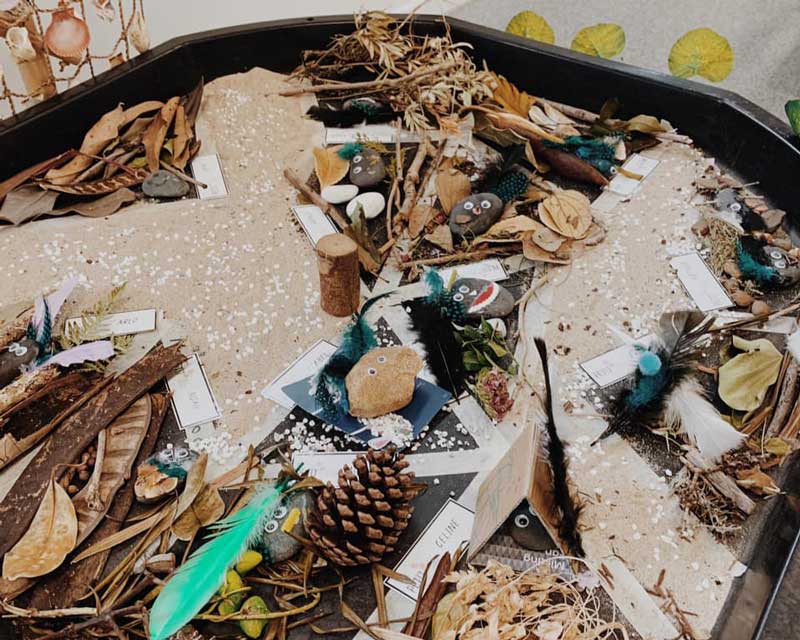
Nature art and craft for kids
There are many ways you can use natural materials in art and craft and other learning activities. Toddlers and preschoolers love to combine nature with art and craft:
- Create an indoor rock world for various animals and their habitats out of natural materials.
- Create a sensory treasure tray for younger children to begin exploring their senses while developing their motor skills.
- Make an outdoor or indoor fairy garden where children combine imaginative play with natural materials.
- Paint with flower petals, vegetables and fruit.
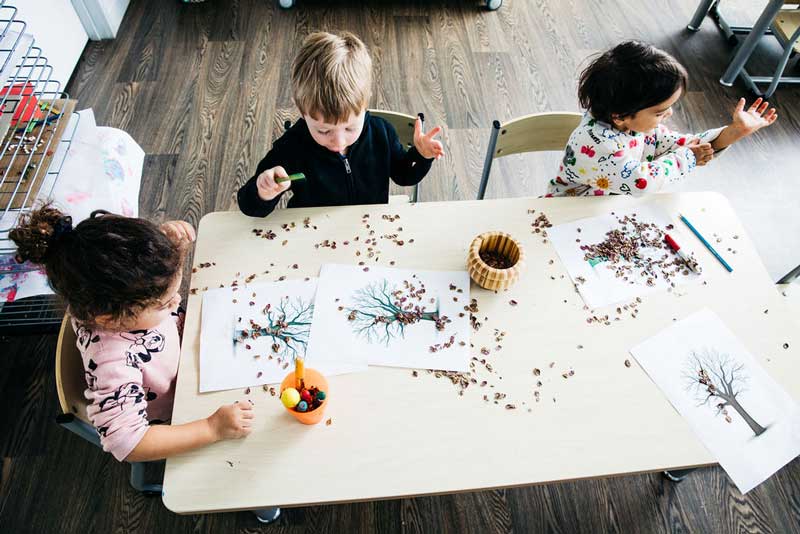
Explore more natural materials with Petit Early Learning Journey
At Petit ELJ, we believe in supporting your child’s future through regularly refreshed outdoor environments, as well as a continued emphasis on natural materials and open-ended loose parts to provoke curiosity and influence continuous learning.
Make your child’s early years count with Petit ELJ and our holistic play-based learning environment. Our centres’ indoor and outdoor play spaces inspire child-led experiences and learning. Book a tour now and talk to us about your child’s learning journey.
